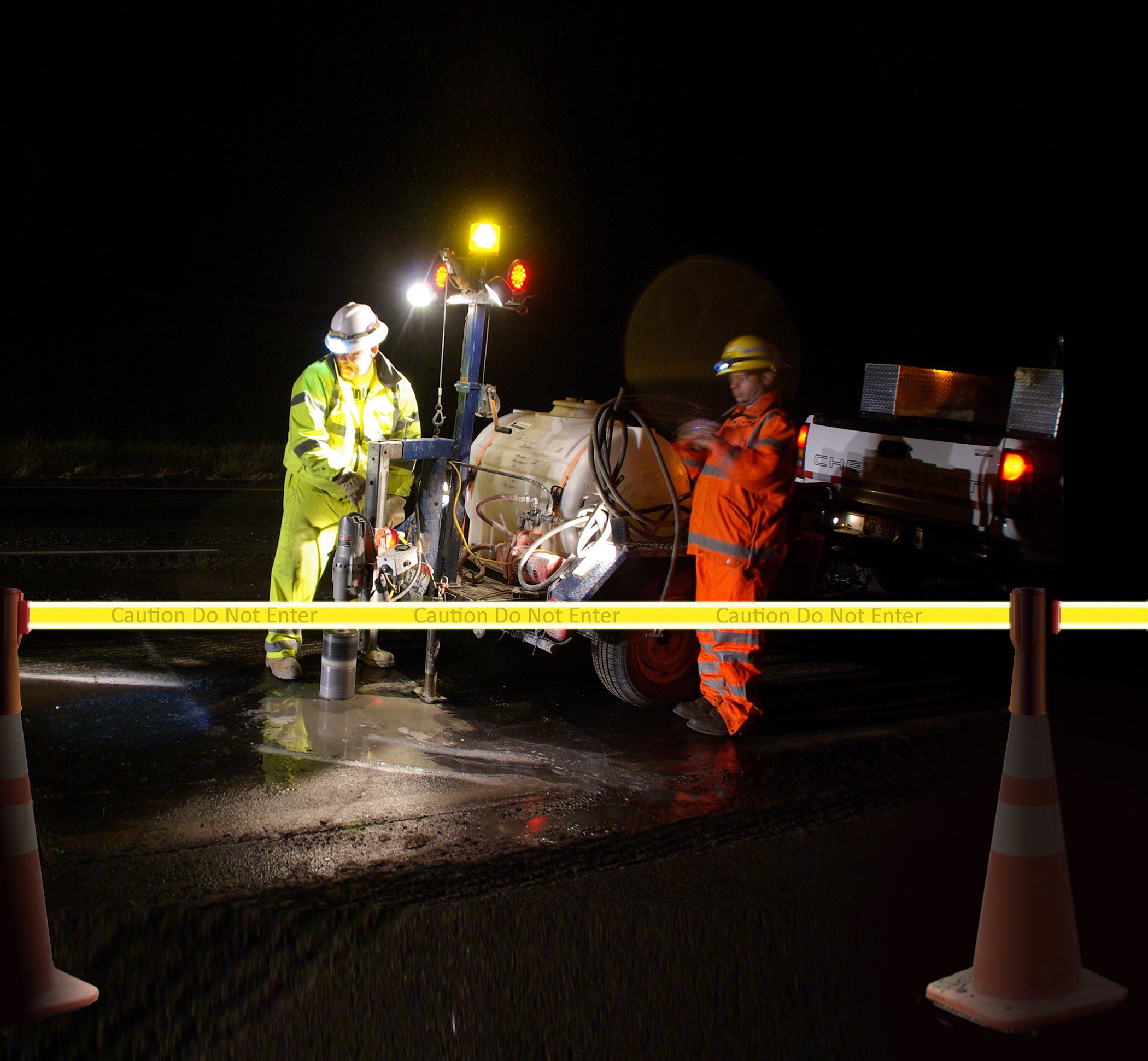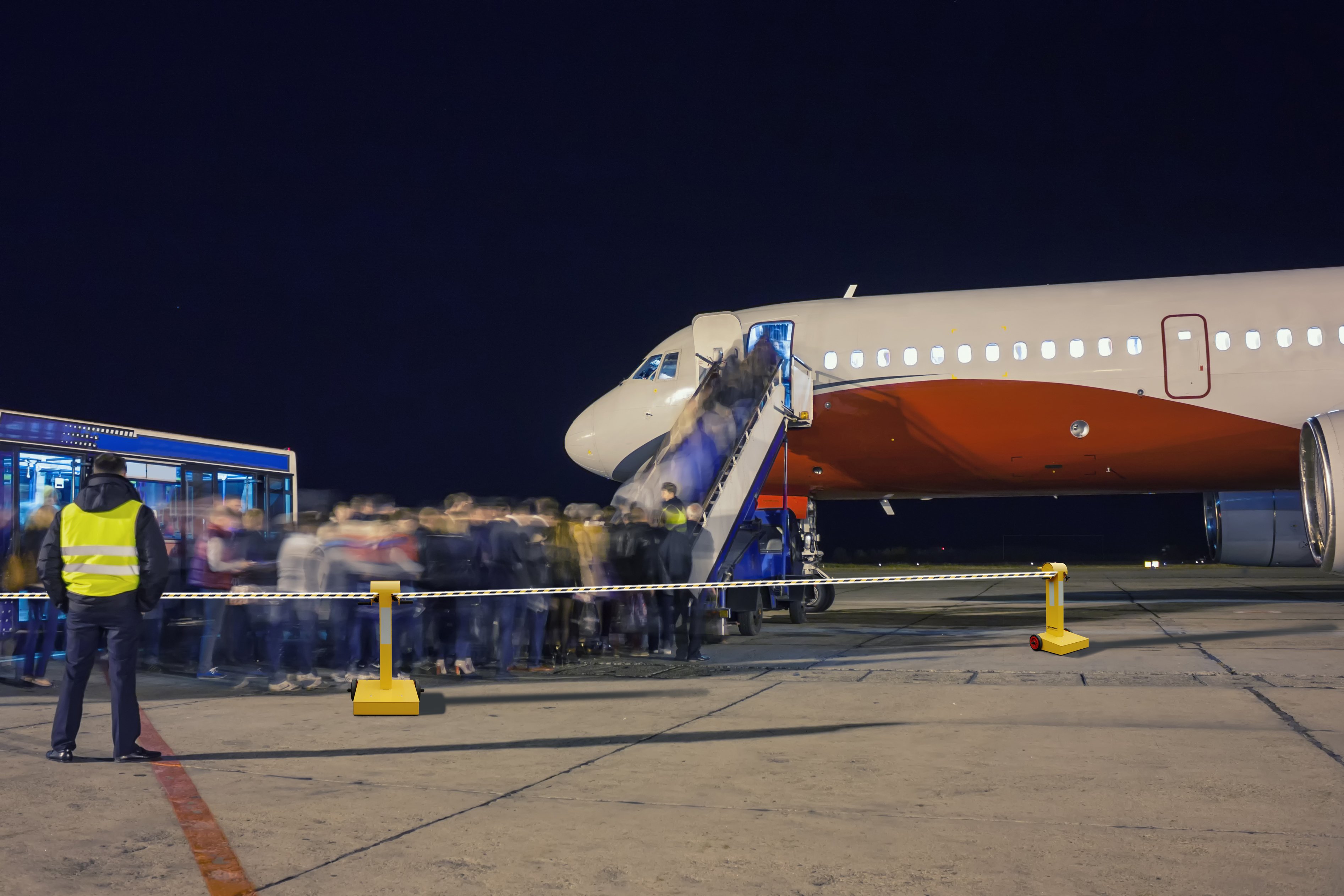Construction focus: safety in the darker winter months

This month SHP is looking at new ways the construction industry is keeping its workers safe. With the winter months drawing in, thoughts for health and safety professionals in the construction sector turn to ensuring adequate safety measures are in place to help protect employees during potentially hazardous conditions.
A reduction in daylight hours means workers need to be more aware of their surroundings, but how can this be achieved apart from reinforcing existing health and safety practices, which may now be out-dated, ignored or worse still, missed altogether?
Brett Hellyer, health and safety product specialist at Tensator, the leading safety and retractable barrier specialist, identifies the areas most at risk in the work environment and discusses how new technology can help construction workers stay safe during the darker winter months.
In 2014-15, 611,000 workplace injuries were reported by construction employees. The most common injuries were broken down into slips, trips and falls at 23 per cent, followed by falls from heights, (19 per cent) and being struck by an object, (11 per cent). Tragically, 35 workers were also fatally injured in the same period. While injuries can often be put down to accident or chance, and not all these accidents occur in the dark, many incidents will no doubt have been the result of human error or ineffective and inefficient safety procedures by employees or their employers during hours of poor light.

Boarding a plane at night
Workplace injury and illness in the construction industry cost the UK economy around £14.3 billion in 2013 according to official government statistics. Ensuring this figure reduces is both a safety and financial concern for the construction industry, and especially prominent where night-time working is concerned.
Tensator has worked with some of the biggest names in the construction sector, helping to improve their health and safety credentials in potentially dangerous working environments. For example, we were contracted by commercial vehicle hire specialists Ryder Europe to provide a solution to cordon off hazardous pit areas that the company uses to service its fleet of vehicles. In these instances it is important that workers do not simply take the attitude of ‘let’s push on’ and potentially ignore vital safety practices, especially where reduced daylight working hours are concerned.
One of the areas most apparent for night-time working hours is highways construction. Workers face potential dangers in the form of fast-passing traffic, heavy-duty machinery and slip and trip hazards, all under the conditions of reduced visibility. Britain’s roads are some of the busiest in the world and while national figures show casualties are at their lowest level for over 40 years, overall injuries to the 4000 road workers on the UK’s roads has risen according to the Highways Agency.
Furthermore, there is increased risk during long working hours of desensitisation with traditional forms of signage, so much so that potentially vital safety measures are ignored. How many of us for example, take stock of the fire exit signs that are present in our workplaces every working day of our lives? Combine this with high workloads and modern-day distractions in the form of mobile devices, and in the construction environment, you are leading to a potentially fatal accident.
What measures then, can site managers employ to ensure its workers are adequately protected? While re-training and refresher courses can help remind employees of vital safety practices, the answer perhaps lies in new technology that can help employees to be more conscious of their surroundings in low visibility conditions. Site managers will therefore be turning to new high visibility material such as Nightview, a world first in reflective webbing, which has been developed specifically to help improve safety during hours of lower light.
Reflective strands are woven into the fabric to help mark out potential hazardous areas indoor and outdoors, and across all weather conditions. Nightview therefore helps to create a safer environment, whether that is at the access point to a building site or in emergency road work situations.
While accidents can and will happen, health and safety professionals must continue to invest in materials and products that help to facilitate safe working practices for both construction workers and their employers. While traditional signage can help, there is a risk employees have become desensitised to material over long working hours. Attention grabbing technology then, can help to ensure a safe future for all in the construction industry.
For more information about Tensator, visit www.tensatorgroup.com
Construction focus: safety in the darker winter months
This month SHP is looking at new ways the construction industry is keeping its workers safe. With the winter months
Safety & Health Practitioner
SHP - Health and Safety News, Legislation, PPE, CPD and Resources Related Topics
Breathing Apparatus policy for firefighters could be changed after it was branded ‘dangerous and irresponsible’
Editor’s pick: Events not to miss at Safety & Health Expo this May!
WATCH: Is there a lack of ethnic and cultural diversity in leadership in security & safety?



Hi,
I am struggling to find any details about this new reflective material Nightview? Could you point me in the direction of their website or similar please?
Hi David,
Apologies for the delayed reply, if you would like some more information on the reflective webbing contact me direct on 07747 013062 or [email protected]
Kind regards